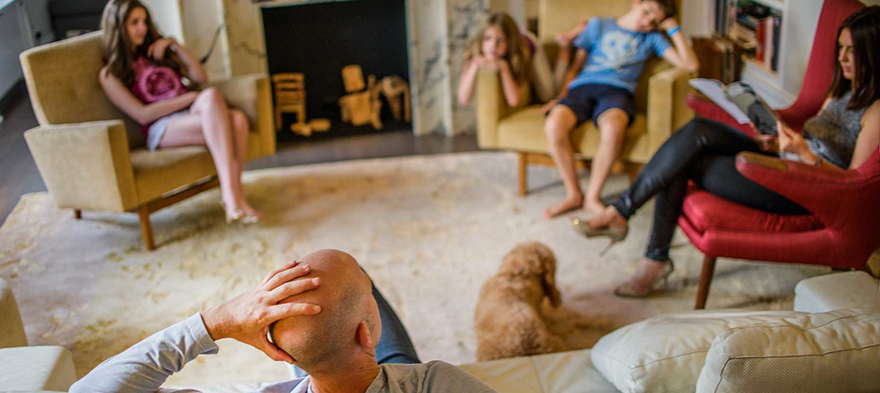
Aug 15, 2017 12:00:00 AM
by Lane Wright
About 39 percent of respondents favor opening more charters—schools that are funded by public money, but usually operated independently of school districts—according to the survey by Education Next, a journal published by Harvard’s Kennedy School and Stanford University. That’s down from 51 percent last year.With so many variables, researchers admit they aren't sure exactly why public support for public charter schools has dropped, and we here at Education Post don't pretend to know either. What we do know is that many charter schools are helping narrow or even eliminate the achievement gap. A study from earlier this year found that nonprofit charter schools (which account for more than 80 percent of charter schools in the country) are delivering substantially better results than for-profit charter schools. Many also do better than traditional public schools. And some organizations are just killing it! Achievement First, for example, helps its students get “an additional 125 days of learning in math and 57 days in reading,” according to the U.S. News report. About a half dozen other charters—organizations that serve thousands or even tens of thousands of students—were also called out for doing remarkable work with students. We also know [pullquote position="right"]families are always looking for better options.[/pullquote] Those who can afford it pay for private school or move to wealthier neighborhoods which are zoned for better schools. Others seek out magnet or International Baccalaureate programs within existing schools. Those who can’t afford private schools or fancy neighborhoods seek out vouchers or tax credit scholarships to help them escape low-performing schools, and many millions—more than can be accommodated—try to improve their prospects by putting their names into lotteries or on waiting lists at charter schools. Nina Rees, president of the National Alliance for Public Charter Schools, says more than 300 public charter schools opened last year, with a total of over 6,900 charter schools serving over 3 million students across the country. All of these families have something in common. They all want better for their kids. And while everyone is free to check a box on a survey about what they support, no one should deny families their right to a school they feel better meets their needs.
Lane Wright is Director of Strategic Growth at Education Post. In addition to this role, he tells stories that help families understand how their schools are doing, how to make them better and how policy plays a role. He’s a former journalist and former press secretary to Florida’s governor, and he’s got a knack for breaking down complex education reform policy issues into easy-to-understand concepts. During his time at Education Post, and with previous organizations, Lane has interviewed teachers, students and local school leaders. He’s spent time watching them work in the classroom and helped them raise their voices on issues they care about. He’s also helped parents advocate—in the news, and before lawmakers—for a better education for their own kids. Lane, his wife, and three children live in Tallahassee, Florida, where his kids attend a public charter school.
The story you tell yourself about your own math ability tends to become true. This isn’t some Oprah aphorism about attracting what you want from the universe. Well, I guess it kind of is, but...
If you have a child with disabilities, you’re not alone: According to the latest data, over 7 million American schoolchildren — 14% of all students ages 3-21 — are classified as eligible for special...
The fight for educational equity has never been just about schools. The real North Star for this work is providing opportunities for each child to thrive into adulthood. This means that our advocacy...
Your donations support the voices who challenge decision makers to provide the learning opportunities all children need to thrive.
Ed Post is the flagship website platform of brightbeam, a 501(c3) network of education activists and influencers demanding a better education and a brighter future for every child.
© 2020–2024 brightbeam. All rights reserved.
Leave a Comment